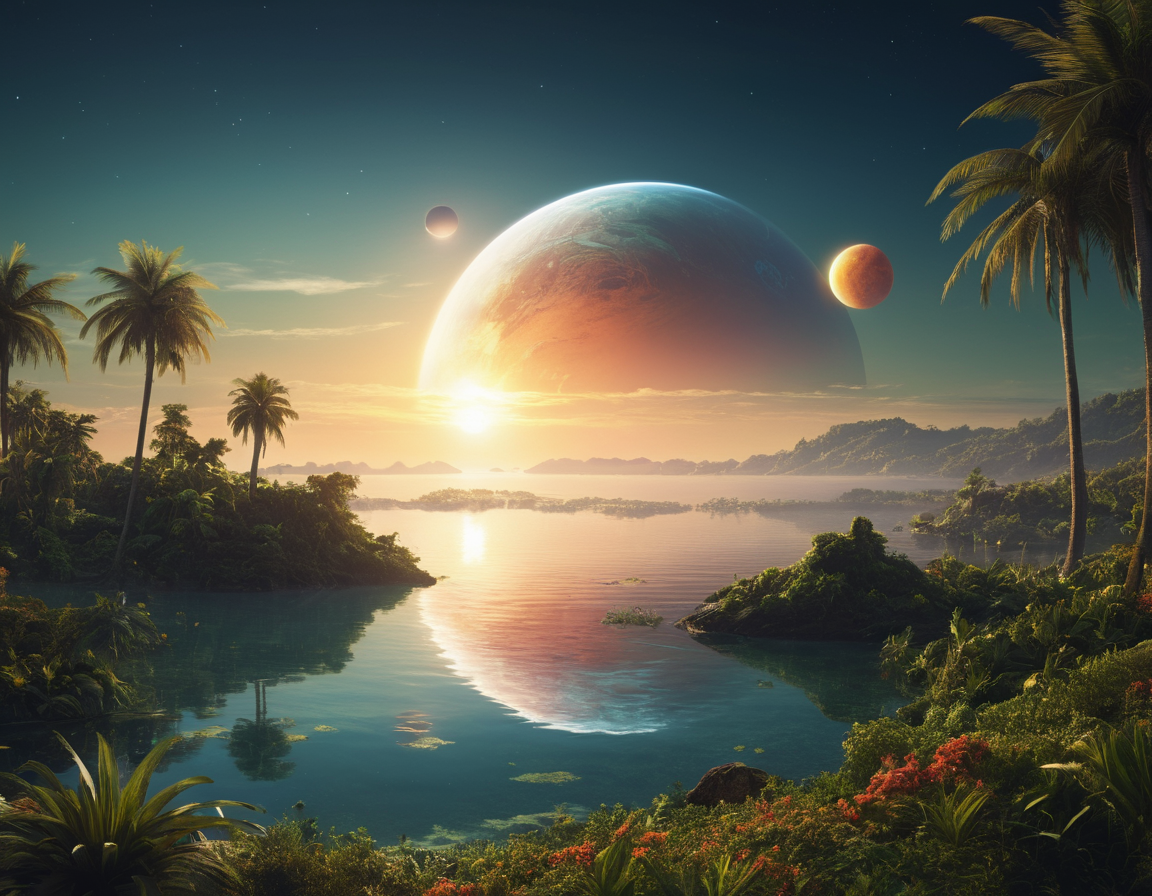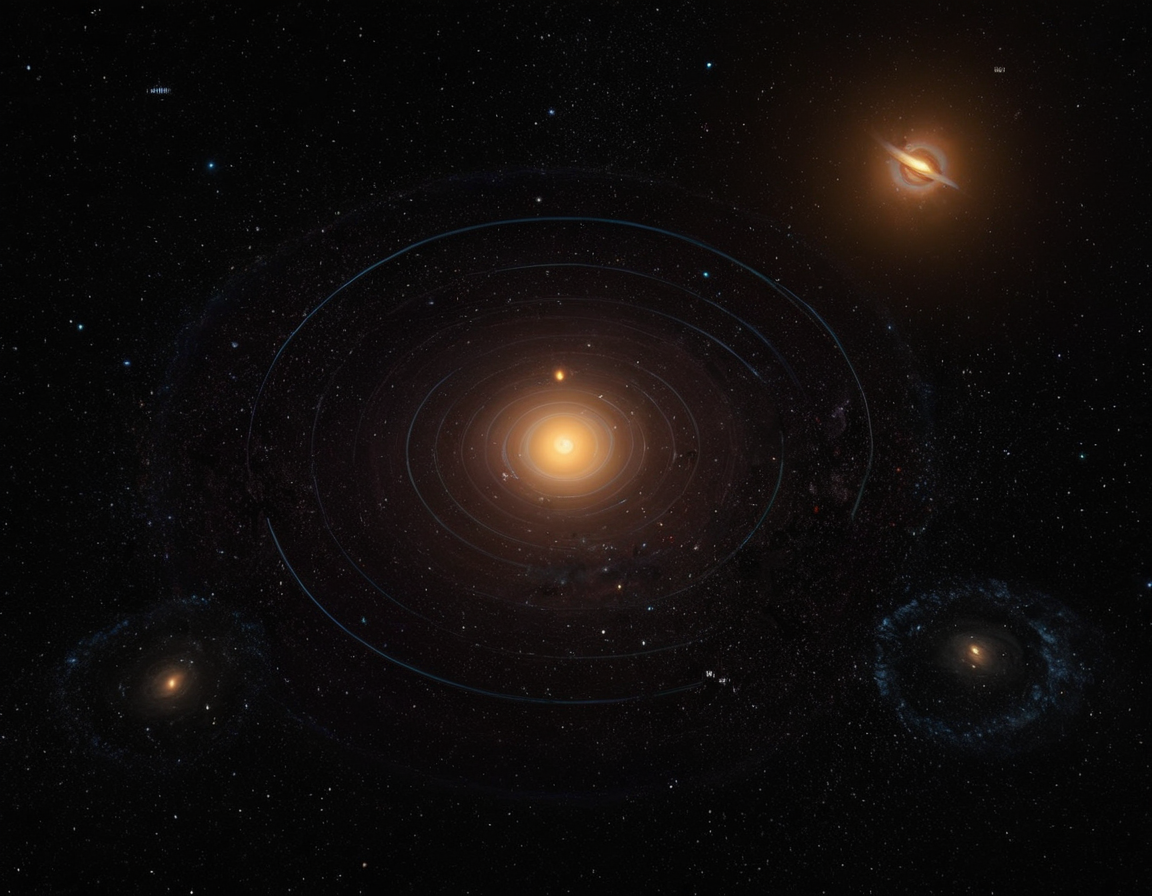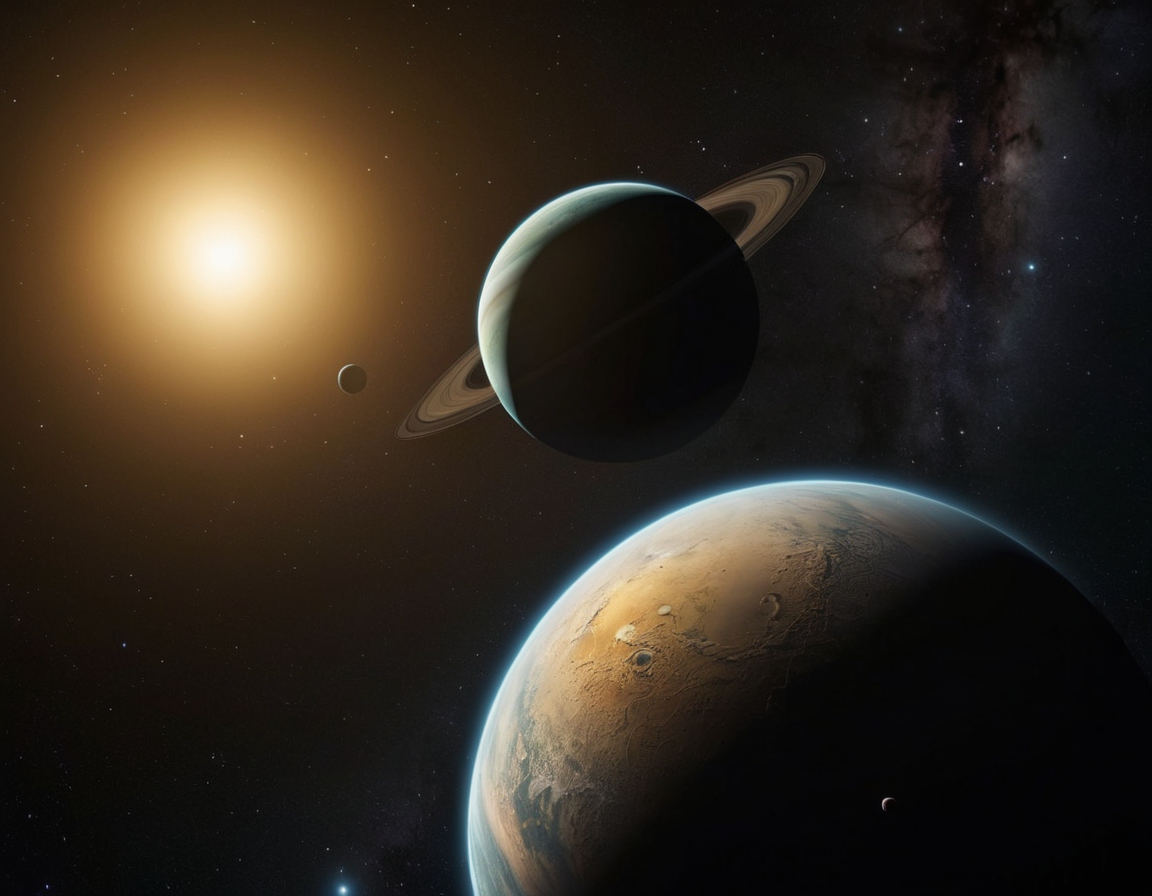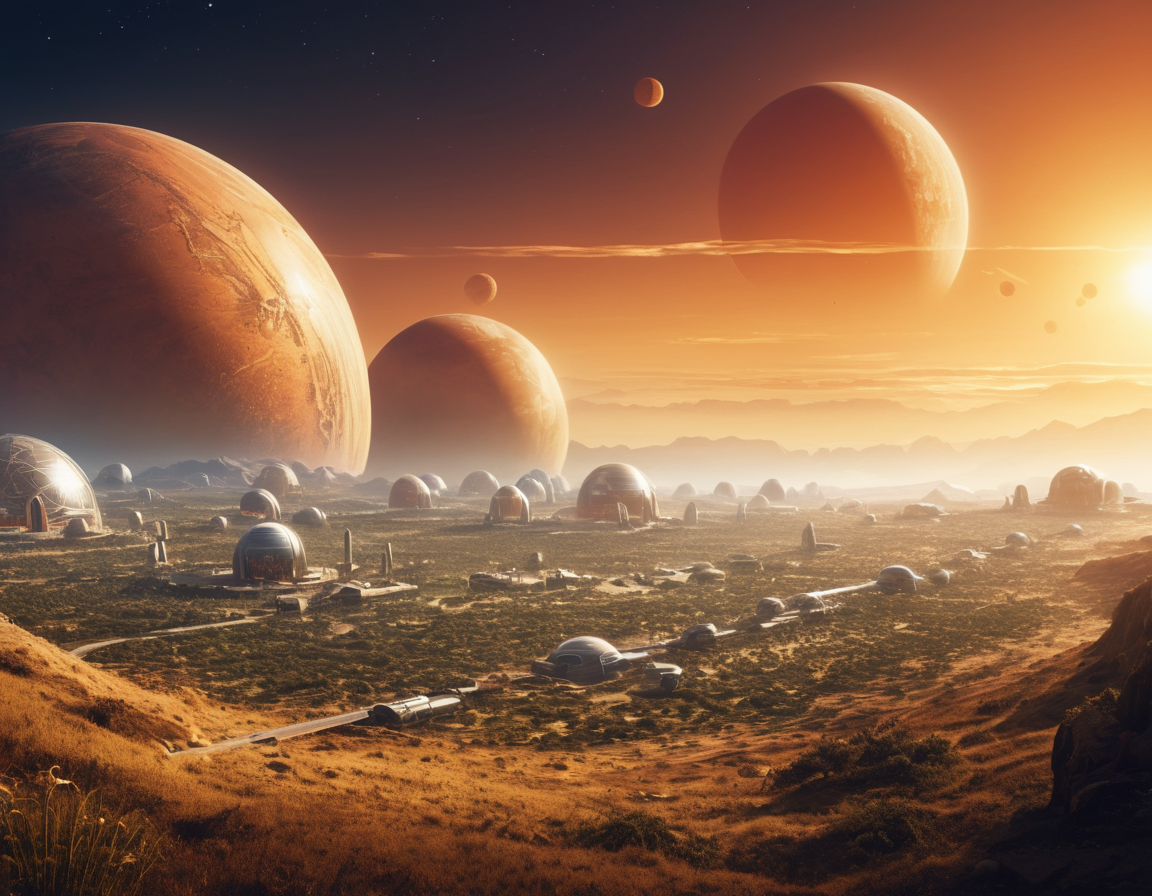Beneath Two Suns: Exploring a Dual-Star System’s Impact on Habitable Planets
Living in a Binary Star System: Science Fiction Turns to Science Fact
Imagine a world where your shadow always has company, where the sunset dances in a ballet of two celestial bodies, and where the concept of nightfall twists with extra complexity. This is the reality of living beneath two suns – a concept once confined to the realm of science fiction but now increasingly the forefront of astronomical research and exoplanet studies.
The Curiosity of Binary Solar Systems
Binary stars are two stars orbiting a common center of mass. The presence of two suns in a single system dramatically impacts planetary formation, climates, and potential for life. Recent scientific advancements have allowed us to peek into these distant worlds, with organizations like NASA and the European Space Agency launching telescopes that can detect the faintest wink of a planet’s transit across binary stars.

How Do Binary Star Systems Forge Planets?
The concept of planetary formation in a dual-star system comes with a unique set of cosmic challenges and curiosities. The gravity tugs from two suns can create a tempestuous cradle for planets, influencing their orbits, climates, and geological structures.
Stable orbits around two stars are more complex to achieve, and as such, the ‘Goldilocks Zone’, where conditions may be just right for life, is a riddle of physics and mathematics that astronomers are still trying to unravel.

The Search for a New Earth
The idea of an Earth-like planet orbiting two suns once seemed like fantasy, but discoveries like the Kepler-16 system, where a Saturn-sized planet was found orbiting two stars, have brought this phenomenon into the realm of possibility. With each discovery, we improve our understanding of these exotic systems and inch closer to finding an answer to the eternal question: Are we alone in the universe?

Impact on Future Colonies
The idea of colonizing such worlds brings new angles to discussions about space travel and settlements. How would human physiology and psychology react to the pull of two solar entities? The implications for agriculture, energy generation, and urban design are vast and currently being studied.

Join the Conversation
Are you as fascinated by the idea of living under two suns as we are? What kind of artistic, philosophical, or emotional responses does this stir within you? Share your thoughts and let’s unravel the tapestry of this cosmic possibility together.
Call to action: If this topic ignites your imagination or if you’re excited about the future of space exploration and exoplanet discovery, don’t forget to comment, share, and join the discussion below. Let’s dream together about the skies of a world beneath two suns.






